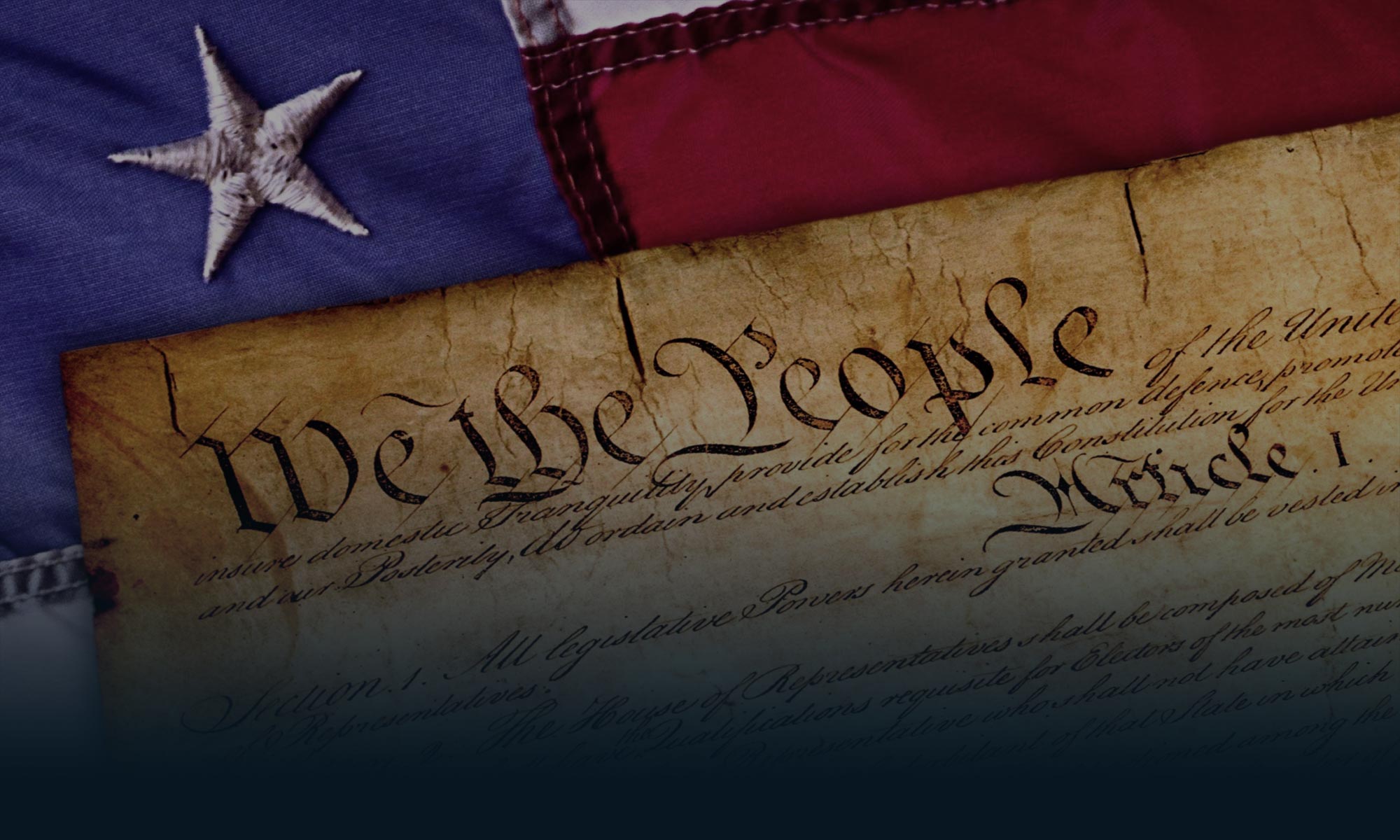In an age when, for many, political correctness (not to mention political opportunism) trumps free speech, one should be wary of assertions that specific kinds of speech have precipitated criminal conduct.
We saw false claims like this in the case of the shooting of Rep. Gabrielle Giffords (D-Ariz.), when such as the New York Times’ resident shrieker, Paul Krugman, immediately tied the crime to Republican and Tea Party rhetoric. And we have seen it again in the wake of the murders in Libya, and the riots in other Arab countries.
The immediate reaction to the killing of the American ambassador, as announced by the State Department and the White House, was that it was an Arab reaction to a cheesy video distributed by YouTube called “Innocence of Muslims.”
Reminiscent of the Giffords shooting, though, it’s now clear that the YouTube video had nothing to do with the murders in Libya, and that if it had anything to do with subsequent anti-American demonstrations elsewhere in the region it was likely because of the prominence the American government assigned to the video in the first place.
Apart from the absence of any connection between the Libyan murders and the YouTube video, there is the question of what should be the reaction of American officials and American citizens, media included, if and when something like a YouTube video does lead directly to murderous acts here or abroad?
The answer to that question may not resonate with everyone, but it’s not difficult either. All that’s needed is some knowledge of the First Amendment and of First Amendment case law. If the speech in question is protected, as was clearly the case with the YouTube video, the correct response would be to regret the loss of life and to demand that those responsible be brought to justice. If, as with “Innocence of Muslims,” the offending material was of little or no value in its own right, criticism of the material might also be appropriate.
But in all events – and particularly where the crimes committed were in foreign lands without free speech – it should also be said by our public officials that ours is a country that greatly values and protects the free-speech rights of individuals, even when such speech gives legitimate offense.
The administration’s early blaming of the Libyan killings on the YouTube video was either a rush to judgment or, worse, an attempt at the kind of misdirection as would guide the ensuing commentary away from questions about the success of U.S. policy in the Mideast and/or the adequacy of our intelligence and security operations.
Perhaps the single worst aspect of this affair was the attempt by the White House to persuade Google (which owns YouTube) to take down the offending video. The administration’s press spokesman, Jay Carney, says they asked Google only to look into whether the video complied with YouTube’s terms of service, as though that is a distinction with a difference.
It is not, of course, and Google resisted the arm twisting and kept the “Innocence of Muslims” trailer on YouTube, though the company did take it down in a few Arab countries, a call that was and is entirely its to make.
The hounding of free speech is done these days not only by the right, but also, and more dangerously, by the left and by the adoption and overuse of terms like “hate speech.” The threat in this becomes a matter of greater concern when public officials get in on the act.
The opinions expressed above are those of the writer and not of The Media Institute, its Board, contributors, or advisory councils.

